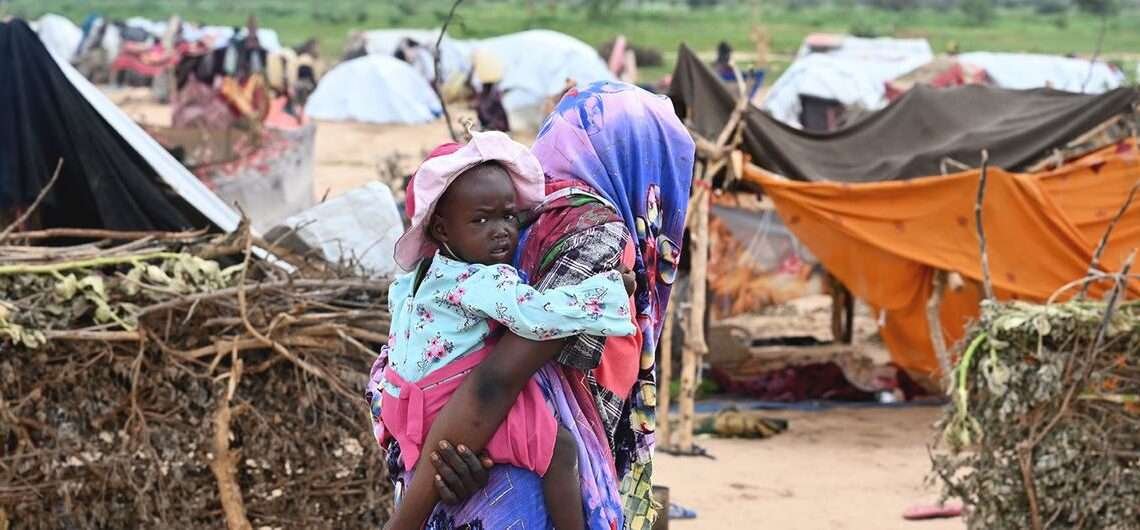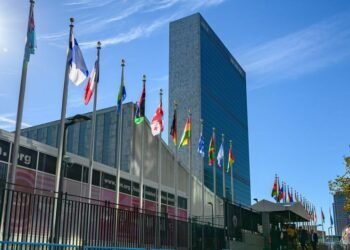The UN Refugee Agency (UNHCR) has unveiled a $10 billion appeal for 2025 to address the escalating global displacement crisis.
This ambitious plan seeks to provide critical aid and sustainable solutions for more than 139 million refugees, displaced persons, and stateless individuals across 136 countries and territories.
The appeal, announced earlier this week, comes in response to intensifying humanitarian emergencies driven by conflict, persecution, and climate change.
“We live in an era of relentless emergencies. Of crises without end,” said Filippo Grandi, UN High Commissioner for Refugees, in a statement accompanying the appeal. He pointed to ongoing crises in Sudan, Ukraine, and Lebanon as examples of the growing challenges forcing millions to flee their homes.
Focused Priorities For A Global Solution
The 2025 appeal emphasizes three key areas: emergency response, inclusion, and long-term solutions.
“When conflict breaks out, UNHCR is among the first to respond,” Mr. Grandi affirmed. The agency’s emergency response focuses on delivering life-saving aid to displaced individuals.
Beyond immediate assistance, the appeal calls for integrating displaced populations into national systems and promoting inclusion in education, healthcare, and employment through collaboration with governments and development partners.
Of the targeted beneficiaries, 34 million are refugees, 68 million are internally displaced, 12 million are returnees, and 4.5 million are stateless individuals.
Alarming Needs Across Regions
UNHCR’s regional breakdown of funding needs reveals the global scale of the crisis. The agency requires $2.1 billion for operations in the Middle East and North Africa, $1.2 billion for Europe, $957 million for Asia and the Pacific, and $815 million for the Americas. In Africa, the appeal seeks $2.1 billion for East Africa, the Horn of Africa, and the Great Lakes, $1.2 billion for West and Central Africa, and $451 million for Southern Africa.
The Asia-Pacific region is highlighted as particularly vulnerable in 2025, with increased displacement expected due to conflict, persecution, and climate change-related disasters.
Afghanistan remains the largest source of refugees in the region, with neighboring countries like Iran and Pakistan hosting 3.9 million and 2.4 million Afghan refugees, respectively. In Bangladesh, over one million stateless Rohingya continue to live in camps after being forced from Myanmar over several years.

Partnerships And Commitments
UNHCR is placing significant emphasis on innovation and collaboration to address these complex challenges. “We do not work alone. Reaching those in need – both displaced people and their hosts – requires partnerships with governments, local actors, academia, and the private sector,” Mr. Grandi stated.
The agency aims to build on progress from the 2023 Global Refugee Forum, where countries pledged support for displaced populations. Turning these commitments into tangible actions will be a primary goal for 2025, with technical expertise and funding critical to their success.
Responding To An Uncertain Future
The appeal also acknowledges the unpredictable nature of global crises. Mr. Grandi emphasized UNHCR’s readiness to adapt, saying, “Our determination and experience enable us to face the future – as uncertain as it may be – with conviction.”
With forced displacement reaching unprecedented levels, Mr. Grandi urged governments, donors, and the private sector to rally behind the $10 billion target. He highlighted that global solidarity is essential in meeting the needs of both displaced individuals and the communities hosting them.
The appeal represents a lifeline for millions, offering hope amid an era of compounding crises. Whether this ambitious goal is met will depend on the collective will of the international community.
READ ALSO: Okraku-Mantey Shares Baba Sadiq’s Influence on Decision






















